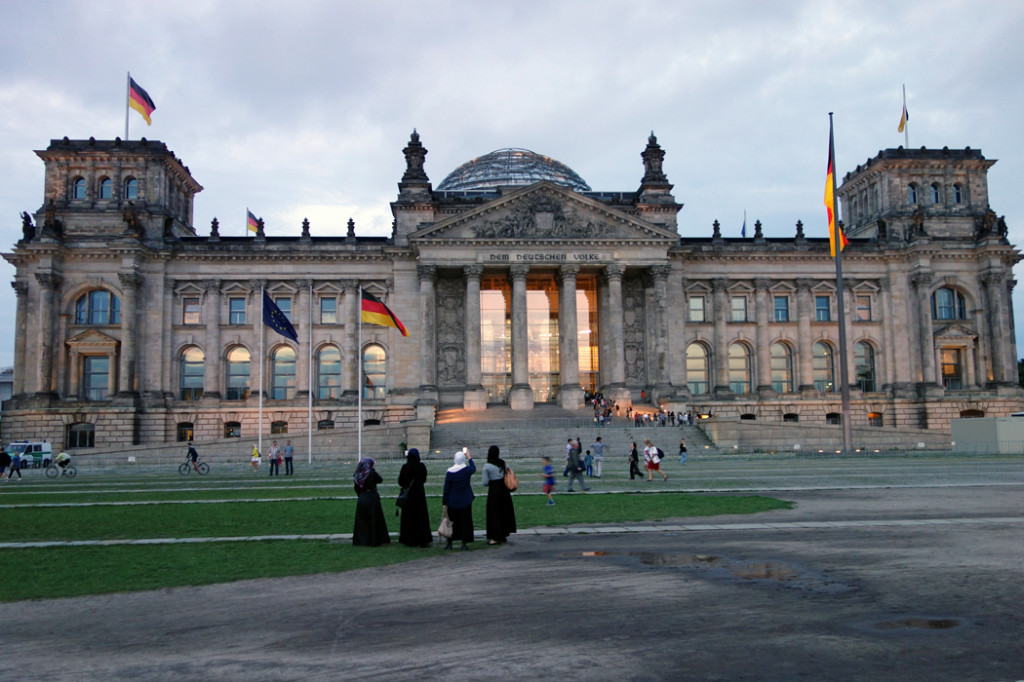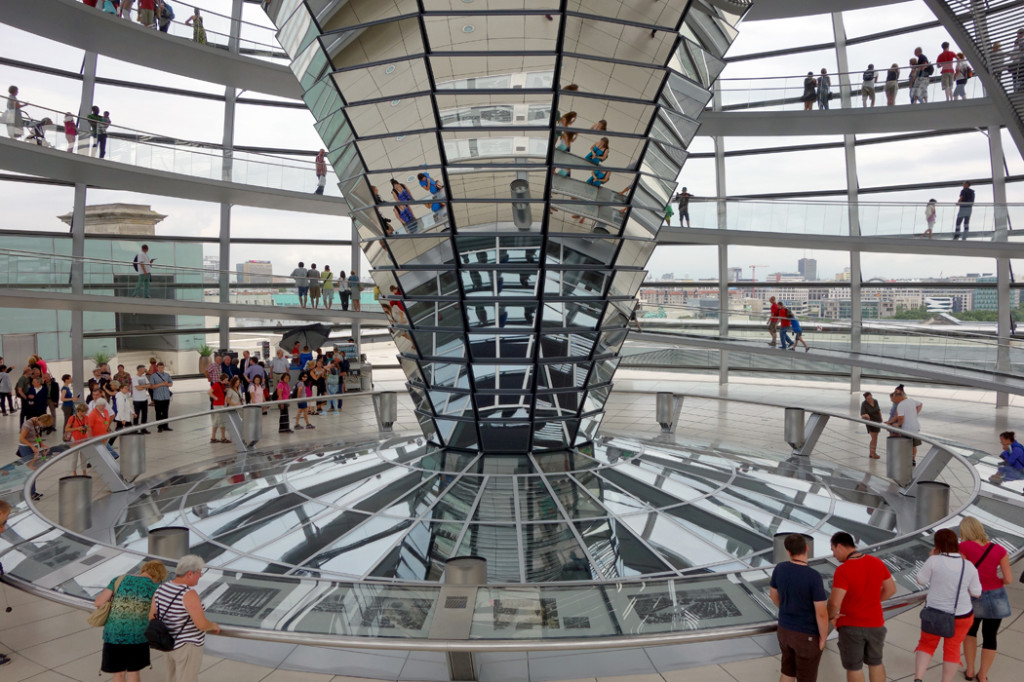I’m wrapping up my summer travels in Poland. And my first stop is Kraków.
Kraków is easily Poland’s best destination: a beautiful, old-fashioned city buzzing with history, enjoyable sights, tourists, and college students. Even though the country’s capital moved from here to Warsaw 400 years ago, Kraków remains Poland’s cultural and intellectual center. Of all of the Eastern European cities laying claim to the boast “the next Prague,” Kraków is for real.
 The Old Town, within Krakow’s medieval walls, converges on one of the most charismatic squares in Europe: the Main Market Square.
The Old Town, within Krakow’s medieval walls, converges on one of the most charismatic squares in Europe: the Main Market Square.
 Kazimierz is the historic Jewish Quarter of Kraków. Once upon a time, the majority of all Jewish people lived in Poland. And Kraków was their cultural capital. While tourists come to see the historic synagogues and cemeteries of the Jewish Quarter during the day, throngs of young clubbers clog the Kazimierz streets after dark. The Kazimierz market square retains the gritty flavor of the town before tourism and gentrification. And countless bohemian-chic restaurants make Kazimierz a destination for dinner.
Kazimierz is the historic Jewish Quarter of Kraków. Once upon a time, the majority of all Jewish people lived in Poland. And Kraków was their cultural capital. While tourists come to see the historic synagogues and cemeteries of the Jewish Quarter during the day, throngs of young clubbers clog the Kazimierz streets after dark. The Kazimierz market square retains the gritty flavor of the town before tourism and gentrification. And countless bohemian-chic restaurants make Kazimierz a destination for dinner.
 For a vodka education in Kraków — complete with as much tasting as you’d like — drop by Staropolskie Trunki (“Old Polish Drinks,” right along the main drag at Florianska 20). It’s a friendly little place with a long bar and countless local vodkas and liquors — all open and ready to be tasted with a cheery local barista to talk you through the experience. You’ll get five different tastes for about $3, with a fun explanation that amounts to a private tour.
For a vodka education in Kraków — complete with as much tasting as you’d like — drop by Staropolskie Trunki (“Old Polish Drinks,” right along the main drag at Florianska 20). It’s a friendly little place with a long bar and countless local vodkas and liquors — all open and ready to be tasted with a cheery local barista to talk you through the experience. You’ll get five different tastes for about $3, with a fun explanation that amounts to a private tour.





